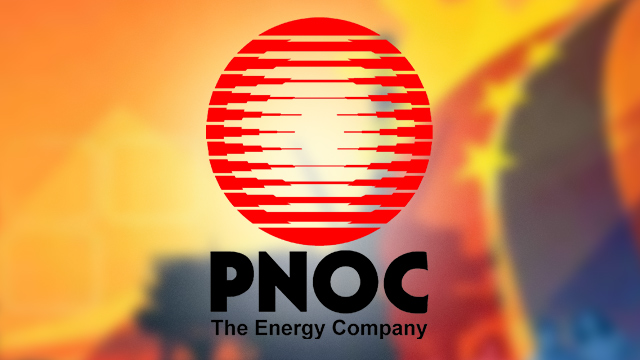PNOC president Ruben Lista said the company’s technical working group (TWG) handling the unsolicited proposals for the LNG project has rejected the first two offers from Korea Electric Power Corp. (Kepco) and the consortium of Lloyds Energy Group and Itochu Corp.
However, he said these companies could still re-submit their proposals while other firms are still welcome to make offers until Dec. 31.
PNOC has also told China National Offshore Oil Co. (CNOOC) to submit its proposal, which was first sent to the Department of Energy (DOE), Lista said.
“If there are no companies that can qualify for the requirements by Dec. 31, we will have to bid out the project and it will no longer be an unsolicited process,” Lista said.
The parameters will be set by PNOC’s consultant, which has yet to be secured, the company official said.
PNOC is in talks with the Asian Development Bank (ADB) to become its consultant for the planned LNG project.
“We are not technically qualified even if we’ve been studying LNG for a year. That’s why we’re tapping ADB. They submitted an offer last Friday. We’re still in negotiations so there’s nothing final yet,” Lista said.
The Philippine government decided to accept unsolicited bids for the LNG project after talks for a government-to-government (G2G) partnership fell through.
PNOC was tasked to put up an integrated LNG hub with storage, liquefaction, regassification and distribution facility, as well as a reserve initial power plant capacity of 200 megawatts (MW).
It is looking to build the LNG hub by piecemeal, starting with a floating storage and regassification unit with power plant (FSRU-PP) completed by 2020.
The FSRU-PP project, which will have an initial capacity of 200 MW and scalable to 800 MW, is expected to address the country’s emergency power needs in times of natural calamities.
Phase 2 of the project will include onshore facilities such as a five metric tons per annum (MTPA) storage units, regasification, power plant and distribution/redistribution.
Energy Secretary Alfonso Cusi earlier said the LNG hub is expected to start construction next year, aiming to become an LNG hub for Asia, complementing those in Japan and Singapore.
The project is being targeted to take advantage of the growing gas demand in region and to secure gas requirements ahead of the projected depletion of the Malampaya gas field by 2024.
The Malampaya gas project supplies the 3,500 MW to several gas-fired power plants in Luzon.



